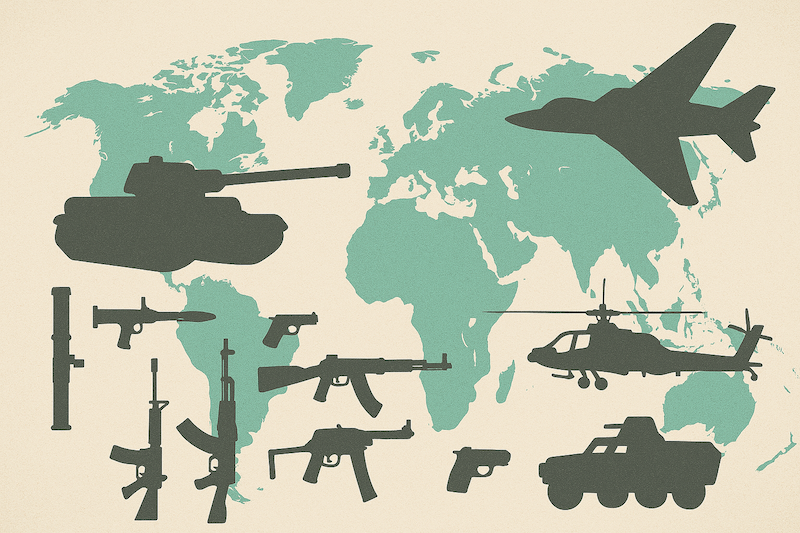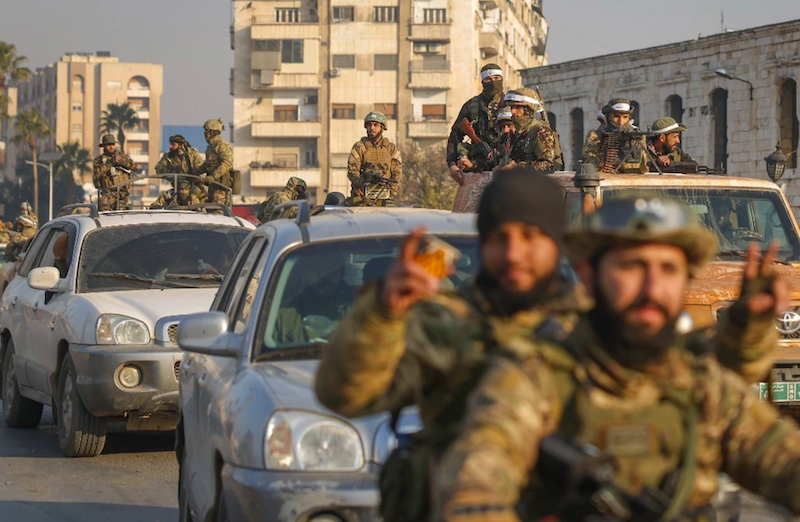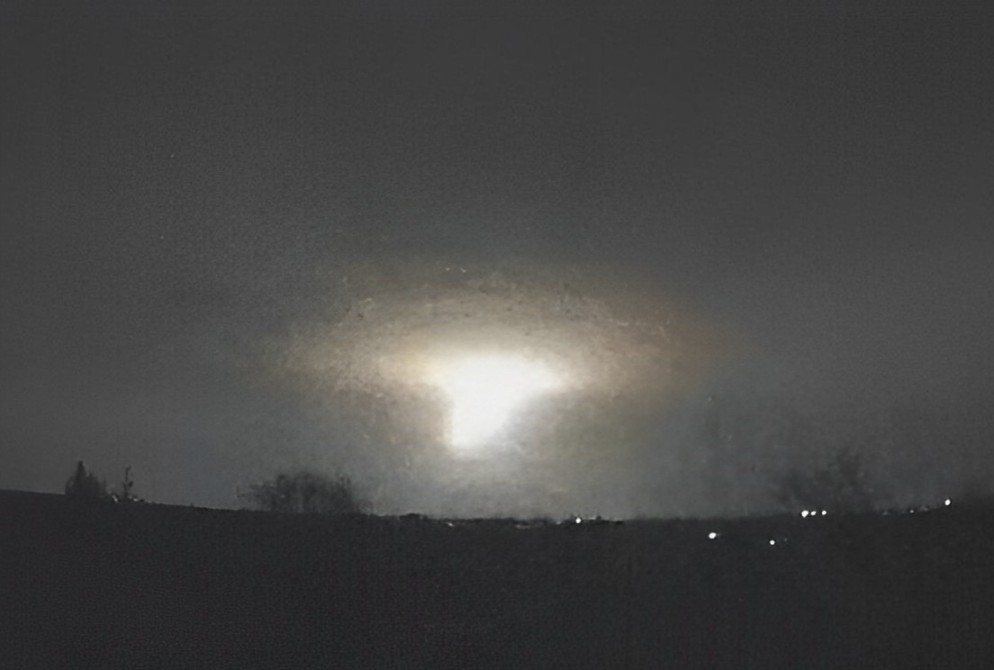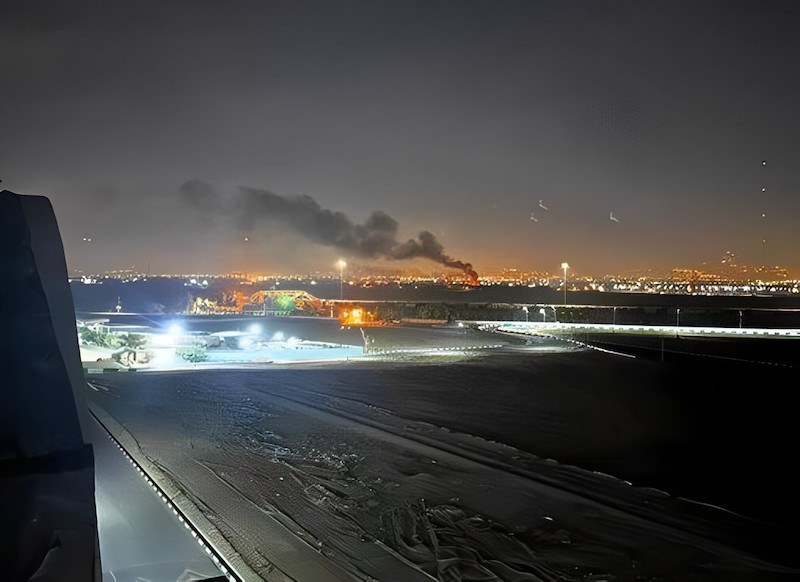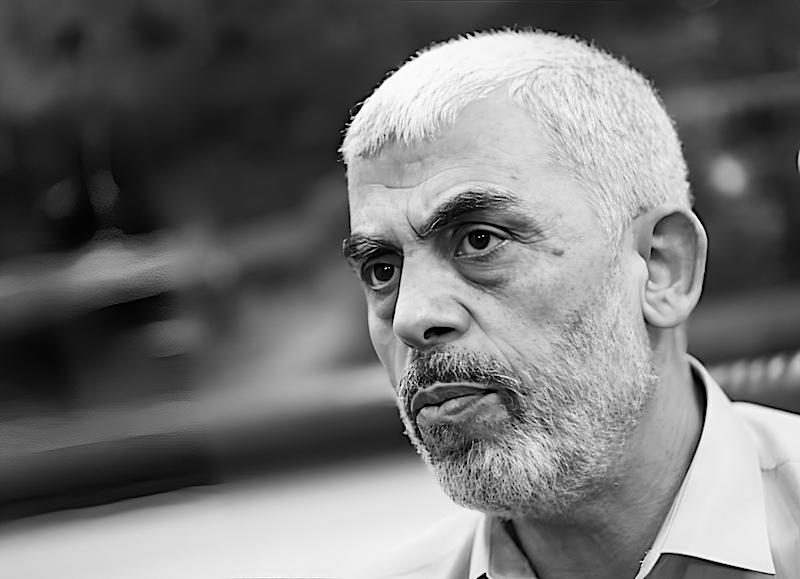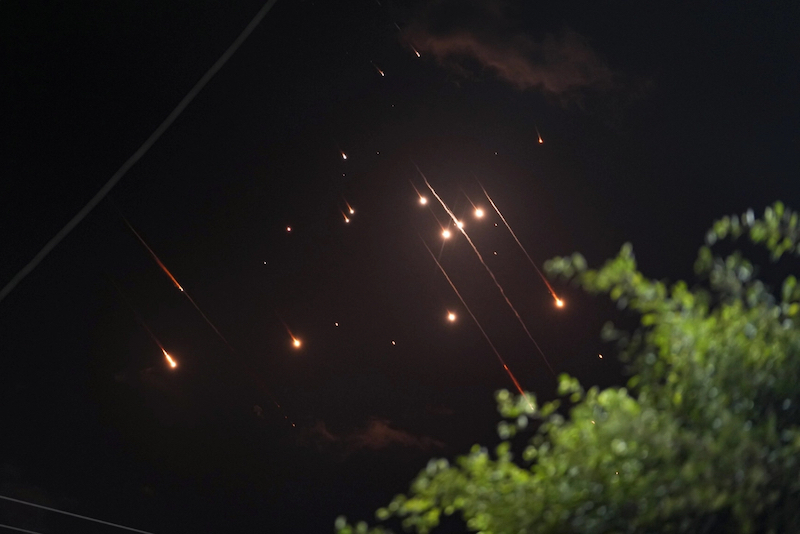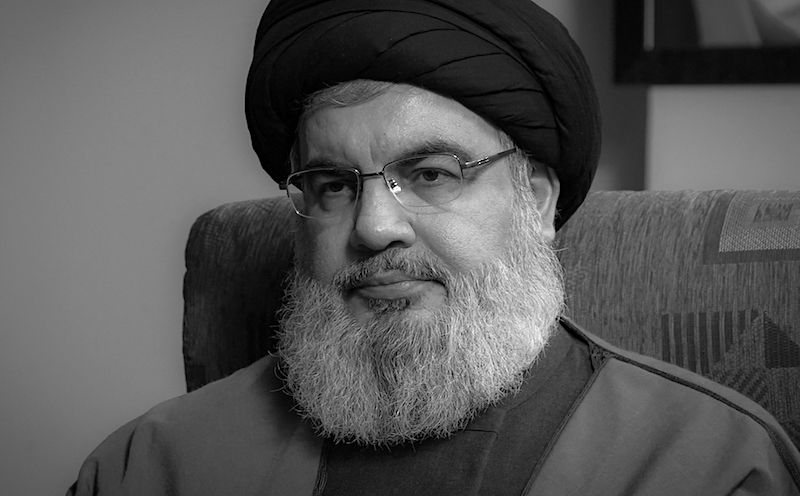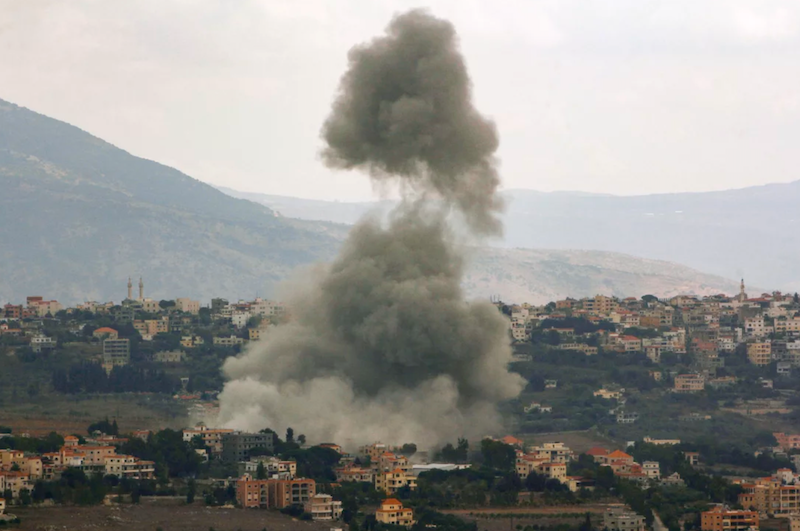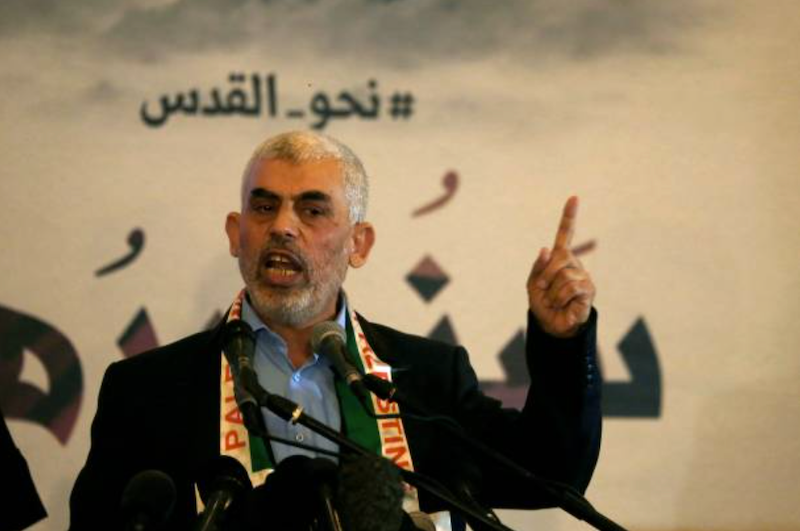 Yahya Sinwar. (Photo via X)
Yahya Sinwar. (Photo via X)
New Delhi: The Israeli Defence Forces announced the killing of Yahya Ibrahim Hassan Sinwar, the leader of Hamas in Gaza and a mastermind of the October 7, 2023, military raid on Israel, which resulted in over 1,200 deaths. Sinwar, 63, was killed during a chance encounter in southern Gaza after a yearlong manhunt that involved intense Israeli military operations, including the killing of around 50,000 Palestinians, including nearly 20,000 children, and the destruction of most of Gaza, so far.
A riveting drone footage has emerged on social media platforms, depicting the Hamas leader’s final act of defiance. The video, purportedly released by the IDF, shows a severely wounded Sinwar, clad in combat fatigues and a keffiyeh, hurling a stick at the Israeli drone filming him from his seated position on a sofa. This dramatic scene unfolded shortly before the IDF officially confirmed his demise.
JUST IN: ???? Drone footage captures Hamas leader Yahya Sinwar holding a stick and taking cover behind several chairs on the second floor of a building, moments before his elimination. pic.twitter.com/SMtcPvLXz7
— BRICS News (@BRICSinfo) October 17, 2024
Hours before the video’s circulation, numerous photographs surfaced online, showing Sinwar’s lifeless body amid the rubble of a bombed building. These images fuelled intense speculation about his fate.
#عاجل بعد السماح بالنشر
— PIC | صـور من التـاريخ (@inpic0) October 17, 2024
وسائل إعلام إسرائيلية تنشر صوراً لجثة تزعم أنها تعود لـ #يحيى_السنوار
وتبحث حالياً لتأكيد الخبر pic.twitter.com/FqXXPTRx10
Interestingly, the circumstances of Sinwar’s death appear to contradict previous IDF assertions. For over a year, Israeli military officials had maintained that the Hamas leader was hiding in underground tunnels, surrounded by Israeli hostages captured during the October 2023 raid. The IDF had branded Sinwar a “dead man walking” and vowed to hunt him down.
However, the photographic and video evidence suggesting Sinwar died in combat seems to cast doubt on these earlier claims, potentially raising questions about the accuracy of Israeli intelligence and statements the IDF made before the media.
The elimination of Sinwar is widely regarded as a significant event in the ongoing Israel-Hamas conflict. The Israeli prime minister, Benjamin Netanyahu, hailed the operation and called it a decisive moment in Tel Aviv’s campaign against the Palestinian resistance group.
Sinwar, who was the commander of Hamas in Gaza, assumed the role of the Palestinian resistance group’s overall leader after Israel assassinated Ismail Haniyeh, Hamas’s political leader, in Tehran, in July this year. Sinwar was also the commander of Hamas’s military wing, Ezzedeen Al-Qassam Brigades, after its commander, Mohammed Deif, was killed when Israel bombed the Al-Mawasi area in Gaza’s Khan Yunus, on July 13.
The news of Sinwar’s death sparked a range of reactions. In Israel, many citizens celebrated the Hamas leader’s demise, while others expressed concern about the fate of Israeli hostages still in Hamas custody. The international community has reacted with a mix of approval and apprehension, with some fearing an escalation of the conflict.
Sinwar’s death will likely impact Hamas’s leadership dynamics, especially since Israel was able to quickly eliminate its top Gaza and overseas leader. However, the broader implications for the Gaza conflict remain uncertain, with analysts debating whether this development will intensify hostilities or potentially create an opening for ceasefire negotiations.

